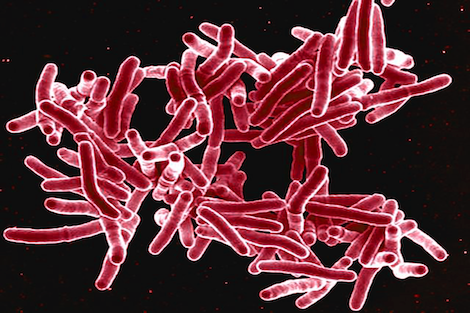April 8, 2024—Racial and ethnic disparities in tuberculosis (TB) incidence persist among the U.S.-born population, according to a new study led by researchers at Harvard T.H. Chan School of Public Health.
The study was published April 2 in Annals of Internal Medicine. The authors included Yunfei Li and Mathilda Regan, postdoctoral research fellows; Nicolas Menzies, associate professor; and Nicole Swartwood, senior research analyst, all in the Department of Global Health and Population.
More than 70% of TB cases in the U.S. occur among people born outside the country, and between 2000 and 2019, cases among people born in the country decreased by more than 45%. Nonetheless, each year thousands of cases of the highly infectious disease continue to occur within the U.S.-born population—the demographics of which few studies have investigated.
To fill this gap, the researchers looked at the racial and ethnic breakdown of nearly 32,000 TB cases reported within the U.S.-born population between 2011 and 2021. TB incidence was in some cases 14 times higher among those who identified as American Indian/Alaska Native, Asian, Black, or Hispanic compared with those who identified as white, the study found. Disparities were particularly marked among women belonging to racial/ethnic minority groups, who experienced TB incidence rates more than four times higher than white women.
Eliminating such disparities, the researchers calculated, could reduce the U.S.’s TB incidence by more than 60% among the U.S.-born population.
“Given the substantial excess burden of TB among racial/ethnic minority populations, addressing these disparities in TB incidence is necessary for achieving health equity goals,” the authors wrote, calling accessible TB prevention tools, diagnostics, and treatment “essential.”
Read a HealthDay article about the study: Persistent Disparities Seen by Race/Ethnicity in Incidence of TB
Photo: National Institute of Allergy and Infectious Diseases (NIAID)
